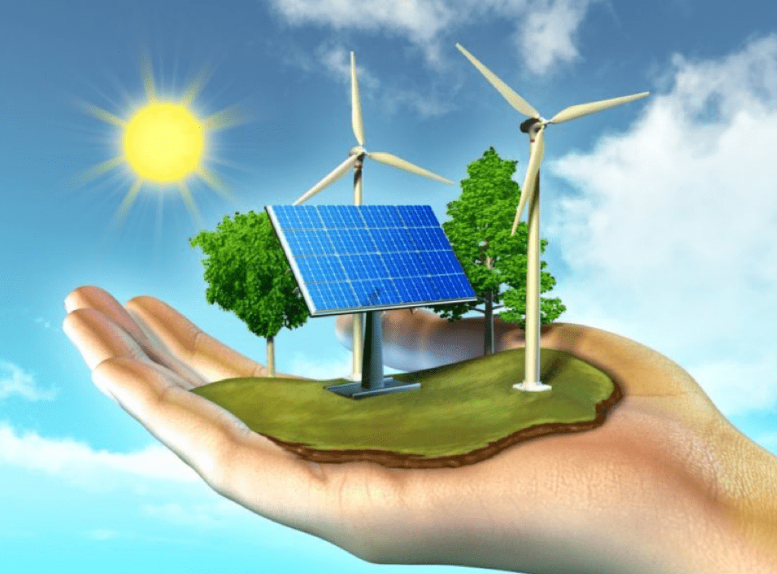The Role of Technology in Sustainable Energy Solutions
Technology is a crucial factor in advancing sustainable energy solutions. It streamlines the efficiency of renewable energy sources and enhances the functionality of smart grids. Innovations in energy storage systems further contribute to reliability and stability in energy delivery. Additionally, the rise of cleaner transportation technologies presents new opportunities for reducing carbon footprints. Understanding these interconnected developments reveals significant implications for future energy strategies. What remains to be seen is how these advancements will shape global energy landscapes.
Innovations in Renewable Energy Technologies
As the global demand for sustainable energy solutions intensifies, innovations in renewable energy technologies emerge as critical drivers for reducing carbon emissions and enhancing energy efficiency.
Solar advancements, such as improved photovoltaic materials, significantly increase energy conversion rates, while wind innovations, including advanced turbine designs, optimize energy capture.
Together, these developments not only contribute to a cleaner environment but also empower individuals seeking energy independence and sustainability.
See also: The Role of Technology in Improving Customer Experience
Smart Grids and Energy Management Systems
While the integration of renewable energy sources is essential for a sustainable future, the implementation of smart grids and energy management systems plays a pivotal role in optimizing energy distribution and consumption.
Smart meters facilitate real-time data collection, enabling effective demand response strategies. These technologies, often integrated with QR codes for easy access to usage data and system settings, empower consumers to make informed decisions, thus enhancing energy efficiency and supporting a decentralized, resilient energy infrastructure.
The Impact of Energy Storage Solutions
How can energy storage solutions transform the renewable energy landscape?
By enhancing battery efficiency, these solutions enable greater reliability in energy delivery, thereby facilitating grid integration.
They allow for the storage of excess energy produced during peak generation times, ensuring a consistent supply during demand fluctuations.
This capability not only stabilizes the grid but also supports the transition toward a more sustainable energy future.
Emerging Trends in Sustainable Transportation Technologies
What innovations are shaping the future of sustainable transportation technologies?
The rise of electric vehicles (EVs) and the integration of alternative fuels, such as hydrogen and biofuels, are pivotal trends.
Advanced battery technologies enhance EV performance and range, while renewable energy sources are increasingly powering these vehicles.
Together, these developments promote energy independence and reduce emissions, paving the way for a more sustainable transportation ecosystem.
Conclusion
In conclusion, the juxtaposition of traditional energy practices against the backdrop of technological advancements underscores a transformative shift towards sustainability. As innovations in renewable energy technologies and smart grids converge, they create a dynamic interplay that enhances efficiency and reliability. Meanwhile, the rise of energy storage solutions and sustainable transportation technologies further exemplifies a commitment to a cleaner future. This intricate tapestry of progress illustrates how technology is not just a tool but a catalyst for a sustainable energy paradigm.






